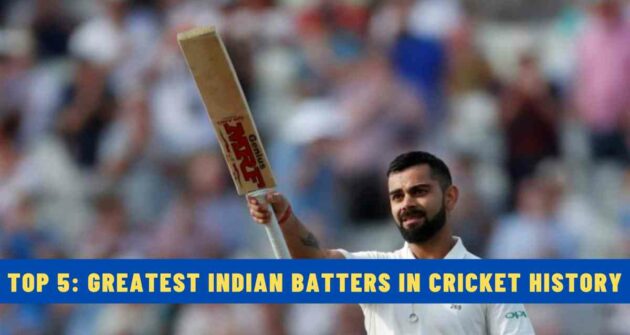A hybrid pitch consists of plastic fibres that are 90 mm in depth. These fibres are of beige or green colour, and their length is the same as the grass on the pitch. A special machine is used to install the fibres into the ground.
Table of Contents
Advantages of a Hybrid Pitch
Hybrid pitches are more resistant as compared to non-hybrid pitches that possess the same soil, and they are four times more resistant, but it depends on the type of soil, its use, and its maintenance.
Due to their resistant nature, more games can be played on them, and the condition of the ball remains fine for a long period while the foot holes are deep and require less repairs.
These fibres help maintain the natural grass instead of removing them, which means the pitches recover quickly.
In hybrid pitches, drainage can be maintained in a better way as fibres have insertion holes for water infiltration through holes into the soil, which helps in germination during pitch renovation.
Pace and bounce remain consistent on hybrid pitches due to the uniformity of ground cover, which also means the pitch doesn’t deteriorate fast, which can be a positive feature when it comes to the performance of the pitch in Test matches.
Also Read | What is a Drop-in Pitch in Cricket? – Explained
Pitches Suitable/Unsuitable for Hybrid Installation
Pitches that are stone-free and have a depth of 100 mm are suitable, but if there are saddles or other surface-level issues while using the stitching machine, then these issues should be sorted before, as you can’t alter levels without inserting fibres once stitching is done.
If there is a thatch layer of 5 mm on the surface, then it has to be removed and restructured before stitching, as it can’t be done on a stony surface as it might affect the equipment.
The pitch needs to be moist and have a 90 mm depth so that the needle can penetrate, and it takes one of two windows to stitch.
The end of February to the beginning of April is the pre-season, while the end of October to November is the post-season. During these two periods, the soil might be dry and hard, or it can be wet, due to which it can get damaged.
How is a Hybrid Pitch Different from Non-Hybrid Pitches?
The preparations and maintenance for hybrid and non-hybrid pitches are the same, except for the following things:
- Cutting height is vital so that fibres can’t regrow, so the lowest length can be between 5-6 mm, but sometimes it can be slightly longer.
- Horizontal planing rotors shouldn’t be used as they can remove ground fibre. Vertical scarifying rotors should be used.
- Due to the high infiltration rate, hybrid pitches require more water for maintenance and pitch preparation.
- Pitches should be used during the allotted time after installation, as this is done to connect the fibres with soil residue and grassroots; otherwise, the fibres could get detached, thus requiring repairs.
- Fibre under the bowler’s foot has to be trimmed and disposed of before it is cut with mowers, as the grass clippings can get contaminated due to plastic. After the soil restructures itself during the first winter, this can’t be seen.
- Limited hand stitching is done in areas like the front foot landing area and batters’ mark.
For foot hole repairs, there are two options:
- The fibre used during repairs should be removed before renovation and shouldn’t be kept under repair.
- Fibre should be brushed continuously to work the foot hole repair mix into the fibre.
Is the Hybrid Pitch Installed at any Cricket Ground?
In India, the first hybrid pitch was unveiled on May 6, 2024, at the Himachal Pradesh Cricket Association Stadium in Dharamsala. The hybrid pitches can also be found in some cricketing venues in England.
Read Next | What is a Yo-Yo Test in Cricket? – Explained











